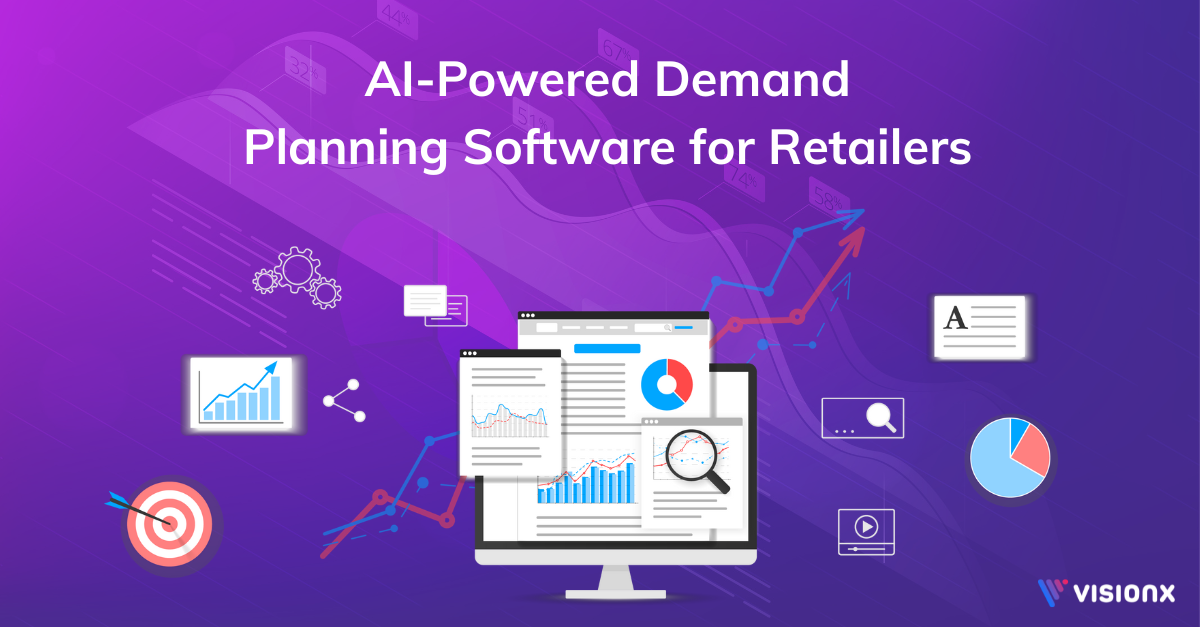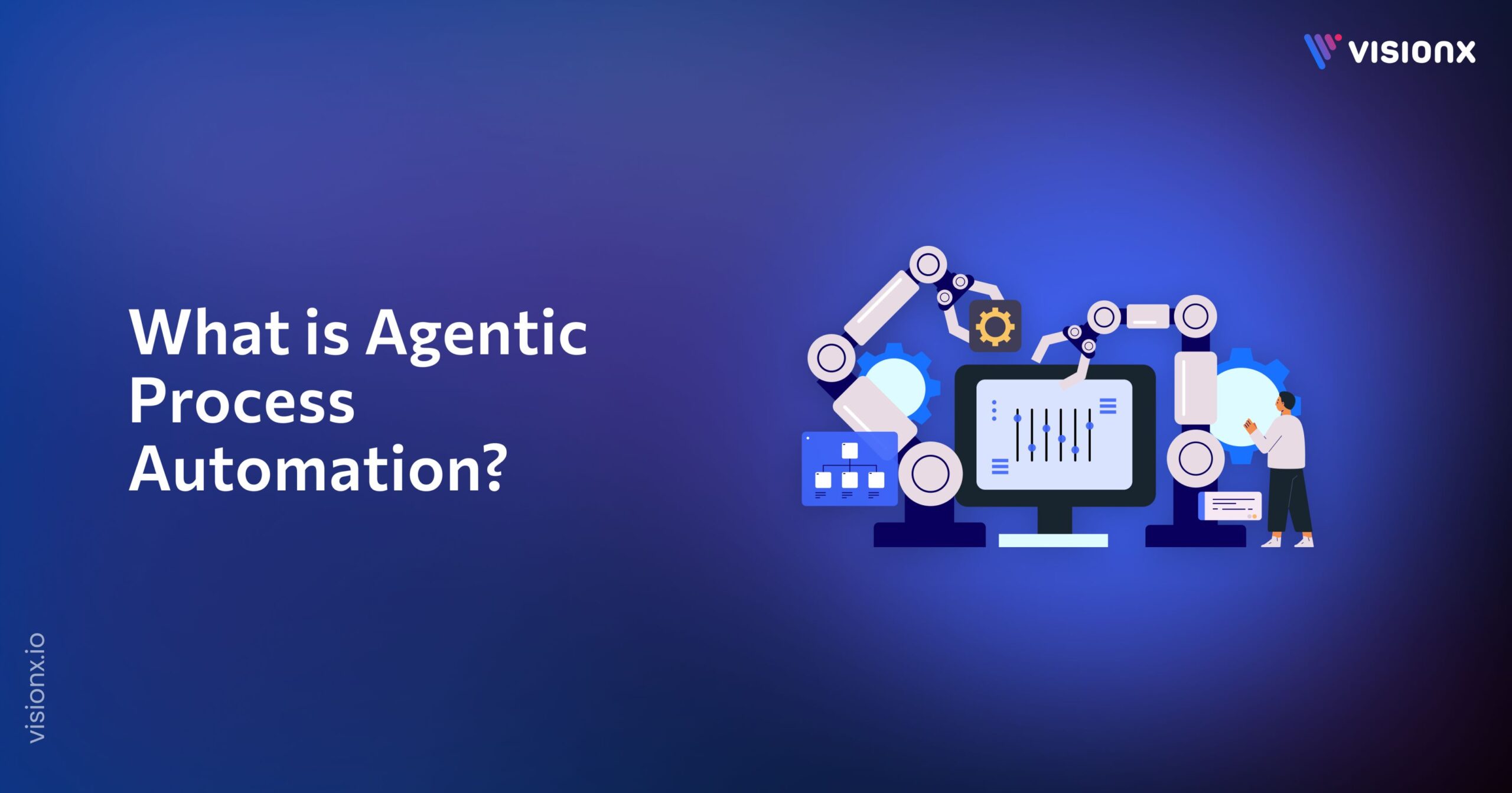In 2020, retailers across the globe faced unforeseen difficulties because of the COVID-19 pandemic. The epidemic had a negative effect on consumer behavior and supply chains. Panic buying caused products like hand sanitizer and toilet paper to disappear from stores. A surplus of other products resulted from the sudden change in demand patterns.
This chaos exposed the weaknesses in traditional inventory management systems. In response to this, many retailers opted for AI-powered demand planning software. These demand and supply planning tools use real-time data to help them accurately forecast demand for every product.
Retailers are now also exploring generative AI solutions to simulate demand scenarios, generate dynamic planning strategies, and uncover hidden patterns in supply chain data. They also assist in optimizing inventory levels and reducing the risk of excess inventory and stockouts.
In this blog, we’ve rounded up the best AI solutions for retail demand planning. These demand planning solutions help retailers navigate the complexities of contemporary supply chain forecasting.
What is AI-Powered Demand Planning?
AI-powered demand planning system uses artificial intelligence and machine learning to forecast customer demand. It anticipates the amount of a product or service a customer will need. This demand planning software aids in enabling companies to plan better and maintain enough stock without overstocking.
It examines huge datasets, spots patterns, and accounts for variables like seasonality and outside events. With this ability, retailers can meet customer demand and improve supply chain efficiency. They can optimize stock, reduce waste, and have the right products available when customers want them.
AI-Driven Demand Planning Market Value
By 2030, the supply chain AI industry is anticipated to grow from $9.15 billion in 2024 to an astounding $40.53 billion. That’s a staggering 28.2% compound annual growth rate. This growth shows that more companies are using AI to improve their supply chain management and demand forecasting. After all, who doesn’t want improved operating efficiency and forecasting accuracy?
Why is AI Demand Planning and Forecasting Important in Retail?
AI-driven demand planning and forecasting are important in the retail industry. They improve accuracy by looking at past sales, market trends, and outside factors. Demand planning and AI-based forecasting guarantee stockout elimination and overstocking reduction to minimize costs and ensure product availability when demanded by customers.
Some of the most important benefits of demand planning software are:
- Adaptable, real-time demands based on current market changes.
- Customized customer recommendations for optimized targeted marketing.
- Inventory optimization and streamlined supply chain.
Demand forecasting solutions powered by AI eventually increase operational effectiveness, improve customer satisfaction, and enable retailers to remain competitive, facilitating sustainable growth.
Key Features to Look For in AI-Powered Demand Planning Software
The following are essential features to consider while choosing AI-powered demand planning software:
1. Forecasting Algorithm based on Demand:
This demand forecasting algorithm uses artificial intelligence and machine learning. It predicts demand by looking at past data, trends, and outside factors.
2. Real-Time Data Merge:
Connect with sales, stock, and supply chain management systems for instant insights and quick forecast changes.
3. Demand Forecasting Granularity:
Detailed demand forecasting at product, store, or region levels to improve inventory management and reduce excess inventory.
4. Scenario Planning and Simulations:
Permit the company to make various demand scenarios and allow the company to prepare for something unexpected or a change in market conditions.
5. Automatic Replenishment:
The replenishment process automatically adjusts according to forecasted demand, allowing for lower manual intervention and keeping stock levels aligned with customer demand.
6. Omnichannel Demand Planning:
Offers demand planning support across a multitude of channels (online, through retail outlets, and via mobile) to create a single, correct demand plan for all sales platforms.
Benefits of AI Demand Planning Software in the Retail Industry
Some advantages of using AI for demand planning in the retail sector are:
Accuracy Control in Forecasting
With advanced AI retail forecasting software, stores can better predict demand by analyzing vast data. External variables, such as promotions or weather, complement historical sales data.
Forecasts get increasingly precise. This keeps stores from having excess inventory or running out of goods. It lowers waste and guarantees product availability.
Improved Inventory Control
By keeping the proper stock balance, retailers can use AI to optimize retail demand planning. Artificial intelligence (AI) solutions avoid overstocking and guarantee that products are available when customers need them.
It adjusts inventory levels based on precise, real-time demand projections. This reduces holding expenses and increases warehouse efficiency.
Real-Time Adjustability
One of the main advantages of AI-based demand forecasting in retail is its real-time adjustability. AI demand planning systems can alter forecasts at short notice upon updates of consumer behavior, market trends, or external influences.
Thus, ensuring that retailers are responsive to demands in the market, even when unexpected changes happen.
Cutting Expenses
Overstocking, markdowns, and warehousing expenses can be considerably decreased by retailers by utilizing AI-powered demand planning software.
Precise projections aid in inventory optimization, which lowers operating costs, increases supply chain effectiveness, and lowers transportation charges.
Better Decision-Making
Demand planning software essentially provides a systematic view of the data that empowers retailers to make elective decisions in contexts such as pricing strategy, product assortment, and promotional planning.
By combining accurate demand forecasts with actionable insights, retailers can make more insightful decisions that enhance both profitability and customer satisfaction.
Top 5 AI-Powered Demand Planning Software
Here’s a list of the best AI-powered demand planning solutions that can help businesses forecast demand accurately.
- VisionX
- Kinaxis RapidResponse
- Blue Yonder
- o9 Solutions
- SAP IBP
| Software | Description | Key Features | Ideal For |
| VisionX | AI-powered demand forecasting solution for precision in retail demand planning and supply chain optimization. | – AI-driven forecasting using historical & real-time data
– Real-time analytics – ERP integration (SAP, NetSuite, QuickBooks) – Custom planning dashboards |
Retailers, manufacturers, and supply chain teams needing accurate forecasting and automated inventory management. |
| Kinaxis RapidResponse | Real-time demand planning software solution that connects planning and execution for agile, data-driven responses. | – Real-time scenario analysis
– AI-powered forecasting – Integrated supply chain planning |
Businesses needing fast, responsive planning and supply chain agility. |
| Blue Yonder | Retail-focused AI/ML-powered forecasting and automated inventory management. | – AI-based demand sensing
– Automated replenishment – Scalable, cloud-based system |
Retailers and manufacturers automating demand planning and improving service levels. |
| o9 Solutions | Cloud-native platform combining demand planning, financial forecasting, and supply chain intelligence. | – Real-time demand sensing
– Integrated business planning – Scenario modeling |
Large enterprises needing unified forecasting and scalable planning solutions. |
| SAP IBP | Cloud-based demand forecasting solution with predictive analytics and full integration with SAP systems. | – Predictive/statistical forecasting
– Real-time supply-demand sync – Financial & operations planning |
Enterprises in the SAP ecosystem looking for end-to-end supply chain and demand planning. |
How to Choose the Right AI-Powered Demand Planning Software?
Selecting the appropriate AI demand planning solutions will affect the precision of piecing together the forecast and the efficiency of the supply chain. Here are some factors to keep in mind while deciding:
- Guarantee that the software caters to your particular industry requirements, e.g., retail forecasting needs.
- Look for tools that use advanced artificial intelligence and machine learning for data-oriented, highly accurate forecasting.
- Make it easy to integrate existing systems such as ERP, POS, and inventory platforms.
- Select a solution that scales with business and evolves with changing demand planning procedures.
- The clean, intuitive dashboard helps teams to access insights quickly and take action faster.
- Choose vendors that offer good support, training, and customizable workflows.
- Look at all the costs, including maintenance and implementation, against the ROI of improved forecast accuracy and control over inventory.
10 Questions to Ask Before You Buy AI-Powered Demand Planning Tools
Choosing the right AI-powered demand planning tool is critical. Before you make a decision, ask yourself these questions:
- What forecasting models does the tool use?
- Can it integrate easily with my current systems?
- Does it support the unique demands of my industry?
- Is the tool customizable to fit my business needs?
- What type of data does it need for accurate forecasts?
- Does it explain how it generates predictions?
- Is the interface easy for my team to use?
- Does it offer real-time updates and alerts?
- Can it scale as my business grows?
- What kind of support and training does the provider offer?
How to Implement AI Demand Planning?
You need a strategic approach for implementing demand planning AI to guarantee a successful, smooth operation throughout a great period of time. So, what steps does one go through? Here’s a step-by-step approach to executing forecasting software for small businesses;
Evaluate Your Current Planning Process:
Determine pain points such as poor forecasts, manual data manipulation, or non-integrated systems.
Establish Clear Goals:
Set goals such as enhanced forecast accuracy, reduced excess inventory, or optimized supply chain planning.
Pick the Right AI Solution:
Choose an AI-based demand planning application that aligns with your sector, integrates easily, and adapts to your requirements.
Get Ready and Integrate Data:
Collect clean, pertinent historical and real-time information, and integrate with current tools such as ERP and POS systems.
Test, Train, and Optimize:
Perform pilot testing, train staff, and continually review results to enhance and perfect your demand planning processes.
AI-Powered Demand Planning With VisionX
Having trouble with flawed demand forecasts or overstock? VisionX’s AI-based demand forecasting solution is here to help you get a grip on your supply chain and streamline your operations. Utilizing sophisticated machine learning and real-time data, VisionX provides accurate demand predictions that meet your business objectives.
Our platform is easily integrated into current ERP, POS, and inventory programs to make retail demand planning a simple process to administer. From scalable solutions and adjustable dashboards to growing your business, VisionX evolves and scales to accommodate your individual business needs.
Be part of the demand planning transformation today, and seize the true value of AI insights. Make VisionX part of your equation for driving efficiency, minimizing waste, and aligning with customer demand with precision.
FAQs
What is demand planning software?
Demand planning software assists organizations in predicting customer demand, leveling inventory, and streamlining the supply chain through the analysis of past data and trends.
How is AI used in demand planning?
AI complements demand planning by employing machine learning algorithms to process large sets of data, make more precise predictions about future demand, and modify plans as per real-time data.
What is the best demand planning software?
The top demand planning software varies based on your needs, but the top three AI-driven options are VisionX, Kinaxis RapidResponse, and Blue Yonder.
What is the best algorithm for demand forecasting?
Popular demand forecasting algorithms are ARIMA (AutoRegressive Integrated Moving Average), exponential smoothing, and machine learning algorithms such as decision trees and neural networks to achieve improved accuracy.
How does AI improve demand forecasting?
AI improves demand planning by analyzing datasets to predict customer needs more accurately. This intelligent demand planning analyzes external factors, identifies complex patterns, and detects market shifts faster than manual methods. This allows businesses to keep the right stock levels and make precise supply chain decisions.
AI vs traditional demand planning: What's better?
AI is better than traditional demand planning for speed, accuracy, and flexibility. It uses real-time data and predictive models to improve forecasts, while traditional methods depend heavily on manual processes and past trends. As a result, AI helps businesses react faster to market changes and plan more effectively.


